The Universal Translator, as seen in Star Trek, regularly raises questions.
For example, why do the users not hear double voices? But more commonly, how do characters keep saying untranslated klingon words? How can they keep saying p’takh? How can Worf call his embarrassing pimple a gorch without the UT biting him in his klingon ass and making him call it a pimple?
@RikerGoogling has repeated the question a couple times, why the UT doesn’t seem to work on Klingonese. I keep replying, it’s intentional on the speaker’s part. But let’s me go into way too much detail.
How the UT determines intent, I don’t know. It doesn’t matter. Maybe something else makes it skip those words, but think about it: how would you explain something about a particular language when every word you say ends up rendered in English, or whatever the listener speaks? It’s not just Klingonese either — Picard would sometimes curse in French, right there on the bridge. Likewise, the senior crew singing “For He’s a Jolly Good Fellow” in Klingonese? They meant for it to remain the way they said it, so it was. Even if their manual translation was a bit rough.
So what about the lack of overlapping sounds? Well, I don’t care what you think about Discovery, but one particular scene stood out to me.
You know those channel logos in the corner of the TV screen? Or for you viewers of certain Japanese imports, the (much more obvious) clock? Eventually, you kinda stop seeing them. They’re still there, but you don’t actively register them like you do the rest of whatever it is you’re watching. Or in a cheap dub where the original voice tracks are faintly heard underneath the louder dub track. Background noise, this mild headache I’ve had since before I care to remember, it all just gets tuned out. And that brings me to that one scene in Discovery.
Michael Burnham sneaks onto the klingon vessel and eventually takes out her communicator, enabling its UT feature. We hear the communicator repeat what the klingons say, in English, with a slight delay and text-to-speech quality. Revealing herself, Burnham addresses the leader in English, only for the communicator to echo her words in Klingonese. And shortly into the conversation, the delay disappears and in fact, the klingon leader himself starts speaking fluent English.
I think that’s meant to represent Burnham, but perhaps mostly the viewers, getting used to the UT’s effect. Eventually, you don’t even hear the original lines any more, and your mind just ignores the delay.
There’s only one counter-argument that comes to mind: people without universal translators who listen to people with. Ferengi speaking their own language to 20th century humans, who (once the devices are fixed) can understand the ferengi perfectly well? All the above can’t explain that.
But at least the thing where they keep speaking untranslated klingon is covered.

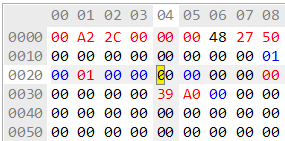
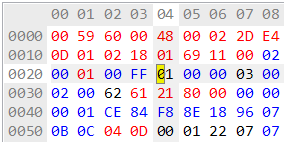
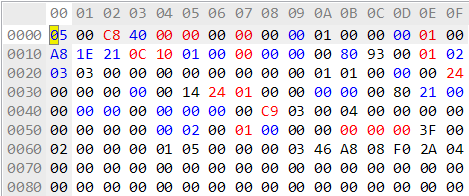
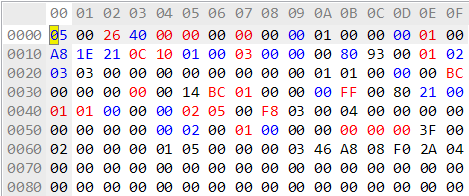
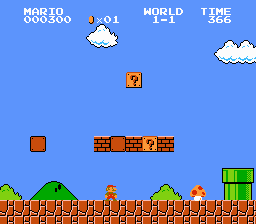 If ROM-based games load so fast compared to disk-based games, why does Super Mario Bros 1 make you wait on a mostly-black screen before you get to play a given level? Why does Super Mario World? Surely it’s doing more than just sitting idly?
If ROM-based games load so fast compared to disk-based games, why does Super Mario Bros 1 make you wait on a mostly-black screen before you get to play a given level? Why does Super Mario World? Surely it’s doing more than just sitting idly?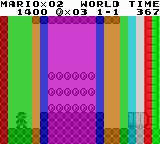 Now, the Super Mario Land games… they do what they want. SML1 for example subdivides levels into screens, which are lists of strips that can be reused at will. I think the screens themselves can also be reused. And that is then converted to a regular tile map. The original Legend of Zelda used a similar strip-based layout.
Now, the Super Mario Land games… they do what they want. SML1 for example subdivides levels into screens, which are lists of strips that can be reused at will. I think the screens themselves can also be reused. And that is then converted to a regular tile map. The original Legend of Zelda used a similar strip-based layout.




